Sustainable Green Homes and the Benefits of a LEED® Certified Home in Canada
Why Green Homes Are the Future of Real Estate
With environmental awareness on the mind of many Canadians, demand for sustainable living is reshaping the real estate market. A recent report by Abacus Data reveals that nearly 60% of Canadian home buyers now consider energy efficiency a key priority when purchasing a property.
Whether you're buying, selling, or retrofitting, understanding the rise of green homes and how to navigate the market can lead to smarter investments and healthier living.
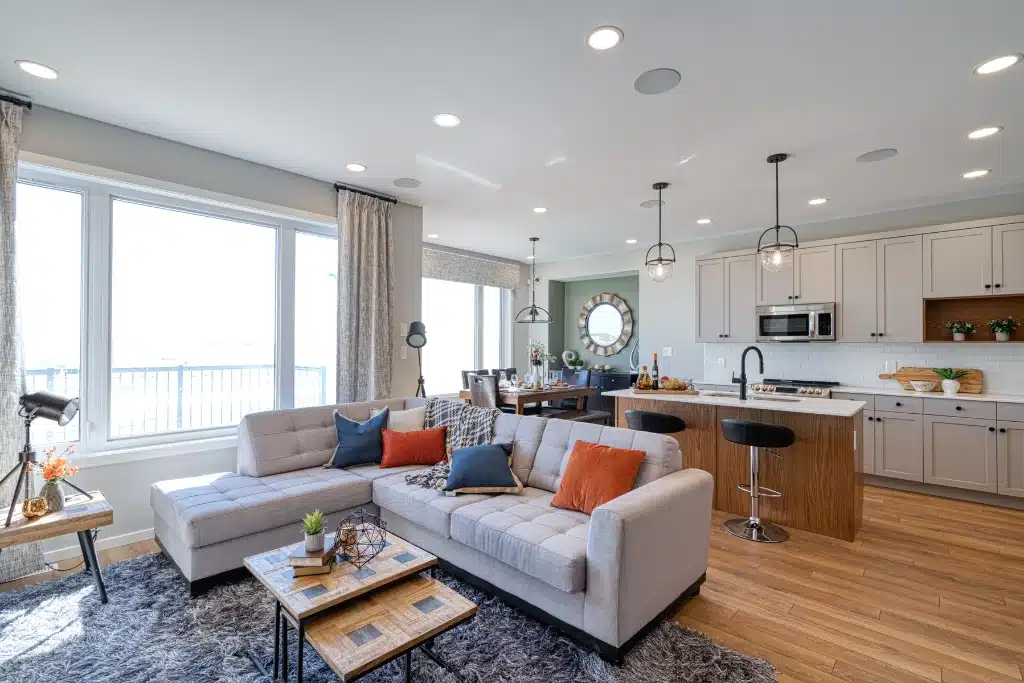
What Makes a Home “Green”?
A green home is more than just energy-efficient, it’s a residence built or retrofitted to minimize its environmental impact while maximizing health and comfort for its inhabitants.
These homes typically feature,
-
Superior insulation to reduce energy loss
-
Energy-efficient appliances and HVAC systems
-
Renewable energy systems like solar panels
-
Low-flow fixtures and greywater systems to conserve water
-
Sustainable materials (non-toxic, locally sourced, or recycled)
-
Smart home systems to monitor and optimize energy use
Green homes not only help reduce greenhouse gas emissions but also support resource conservation and minimize construction waste. According to Natural Resources Canada, the average home can reduce its energy use by 25% to 50% through green upgrades alone.
Looking to retrofit your current home? An energy audit is a great starting point to identify inefficiencies and areas for improvement.
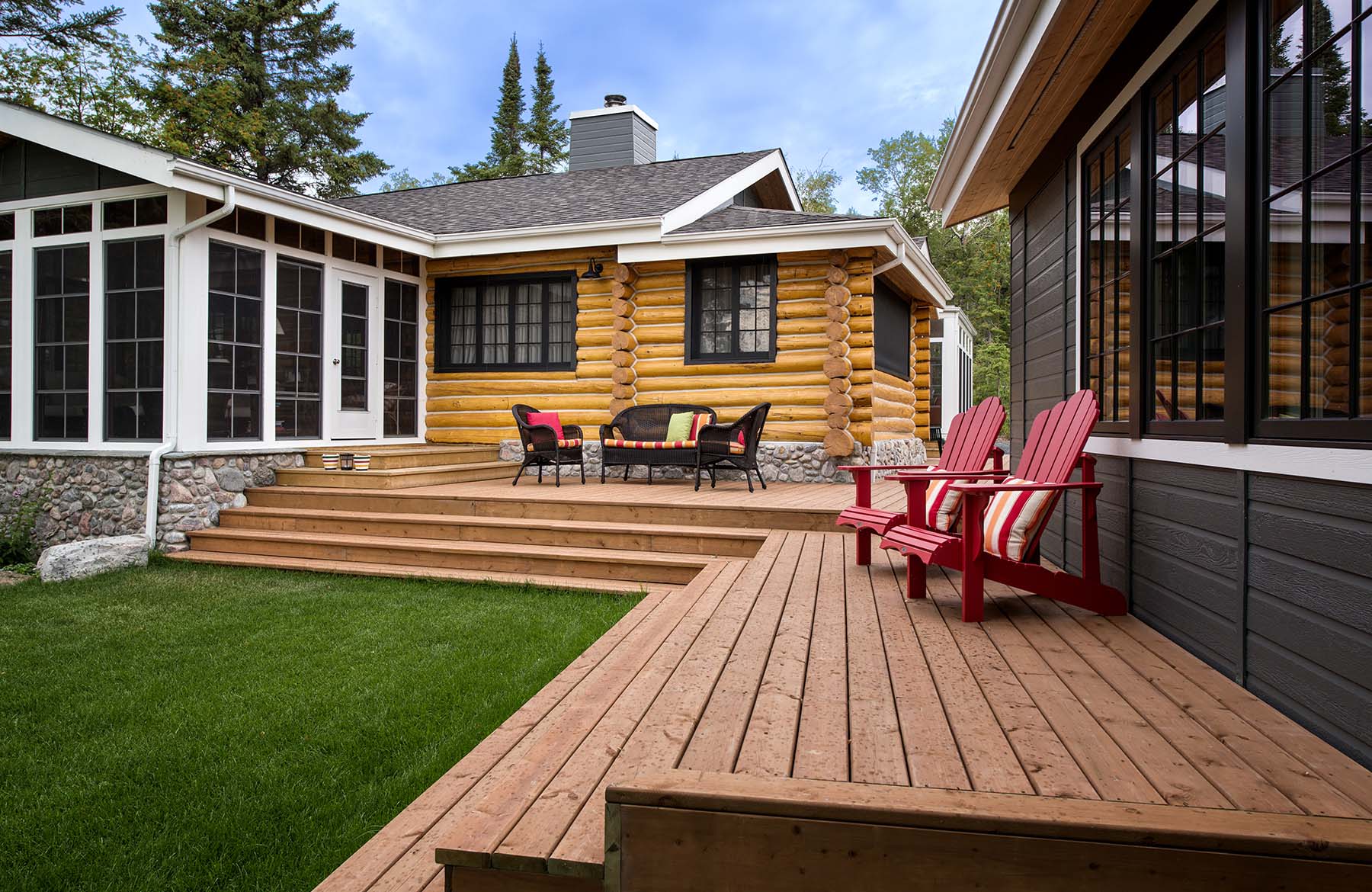
What Is a Retrofit in a Home?
A retrofit in the context of a home refers to the upgrading or improvement of existing systems, components, or structures in an older home to meet modern standards of energy efficiency, safety, comfort, or environmental performance, without tearing the entire house down and rebuilding it.
How to Get an Energy Audit in Winnipeg
Choose a Certified Energy Advisor
Select a service provider registered with Natural Resources Canada (NRCan). In Winnipeg, reputable options include,
-
-
EnerSolution Inc. Offers professional energy audits tailored to your needs.
-
Energy Werx Manitoba Provides comprehensive evaluations and assists with rebate applications.
-
NRG Inspections Manitoba Specializes in energy inspections and consulting services.
-
The Benefits of Owning a Green Home
Healthier Indoor Environment
Green homes support better health by,
-
Using low-VOC (volatile organic compound) paints and finishes
-
Installing high-quality ventilation and filtration systems
-
Preventing mold growth and minimizing indoor pollutants
This leads to better respiratory health and fewer allergens, making it ideal for families and individuals with asthma or sensitivities.
Comfortable Living All Year Round
The Paris International Energy Agency has linked thermal discomfort to increased stress, anxiety, and other mental health issues. With enhanced insulation, triple-pane windows, and advanced heating/cooling technologies like heat pumps, green homes maintain even temperatures and eliminate drafts, helping residents stay comfortable throughout the year.
Long-Term Savings
Though green upgrades can sometimes carry upfront costs, the long-term financial advantages are clear,
-
Lower energy and water bills
-
Fewer maintenance issues thanks to high-quality, durable materials
-
Government rebates and incentives for eco-friendly renovations
-
Potential to save up to 40% on heating costs
Moreover, energy-efficient homes often attract buyers willing to pay a premium, boosting resale value.
Noise Reduction
High-performance insulation and windows not only regulate temperature they also reduce exterior noise. This create's a quieter, more peaceful indoor environment.

Understanding EnerGuide & ENERGY STAR®
Two of the most trusted labels in Canada for evaluating energy performance are the EnerGuide Rating System and the ENERGY STAR® certification.But what do they mean for you as a homeowner or buyer? Here’s what you need to know.

What Is EnerGuide?
The EnerGuide Rating System, administered by Natural Resources Canada (NRCan), provides a standardized way to measure a home’s energy consumption. The rating is expressed in gigajoules (GJ) per year, which reflects how much energy a home is expected to use annually for heating, cooling, ventilation, lighting, and appliances.
-
Lower numbers = better energy performance
-
A highly efficient home might score 50 GJ/year, while an older, less efficient home could score 200 GJ/year or more.
For example,
-
A Net-Zero home would have an EnerGuide rating of 0 GJ/year, meaning it produces as much energy as it consumes.
-
-
EnerGuide labels come with detailed reports and recommendations for improvements
-
Ratings are available for both new and existing homes
-
Homes must be evaluated by certified energy advisors
EnerGuide works alongside other NRCan labels, such as,
-
ENERGY STAR® for New Homes - Recognizes high performance relative to building code minimums
-
Net Zero Home Label - For homes that produce as much energy as they consume
-
LEED® and R-2000 - Third-party certifications that may include EnerGuide assessments
EnerGuide is often used as part of programs like the Canada Greener Homes Grant, helping homeowners identify energy-saving upgrades and access rebates.
What Is ENERGY STAR®?
ENERGY STAR® is an internationally recognized symbol for energy-efficient products and homes. In Canada, the program is also managed by NRCan and is used to certify,
-
Appliances (fridges, dishwashers, washers, etc.)
-
Lighting and electronics
-
Windows and doors
-
New homes
ENERGY STAR® certified homes are built to be 20% more energy-efficient than those built to minimum building code standards. They feature better insulation, efficient heating/cooling systems, and smart design for reduced energy waste.
Why Do These Certifications Matter?
-
Lower Utility Bills - Homes and appliances with these labels use less energy, saving you money year-round.
-
Improved Comfort & Air Quality - Better insulation and ventilation mean healthier, more comfortable living spaces.
-
Environmental Impact - Reducing your home’s energy use helps cut greenhouse gas emissions.
-
Resale Value - Buyers are increasingly looking for energy-efficient features and certifications.
-
Incentives - These labels often qualify for federal and provincial rebates, grants, or tax credits.
Smart Choices for Sustainable Living
When you're shopping for a new home or upgrading your current one, look for the EnerGuide label and ENERGY STAR® certification. Together, they offer a reliable roadmap to reducing energy use, increasing comfort, and saving money, while doing your part for the environment.
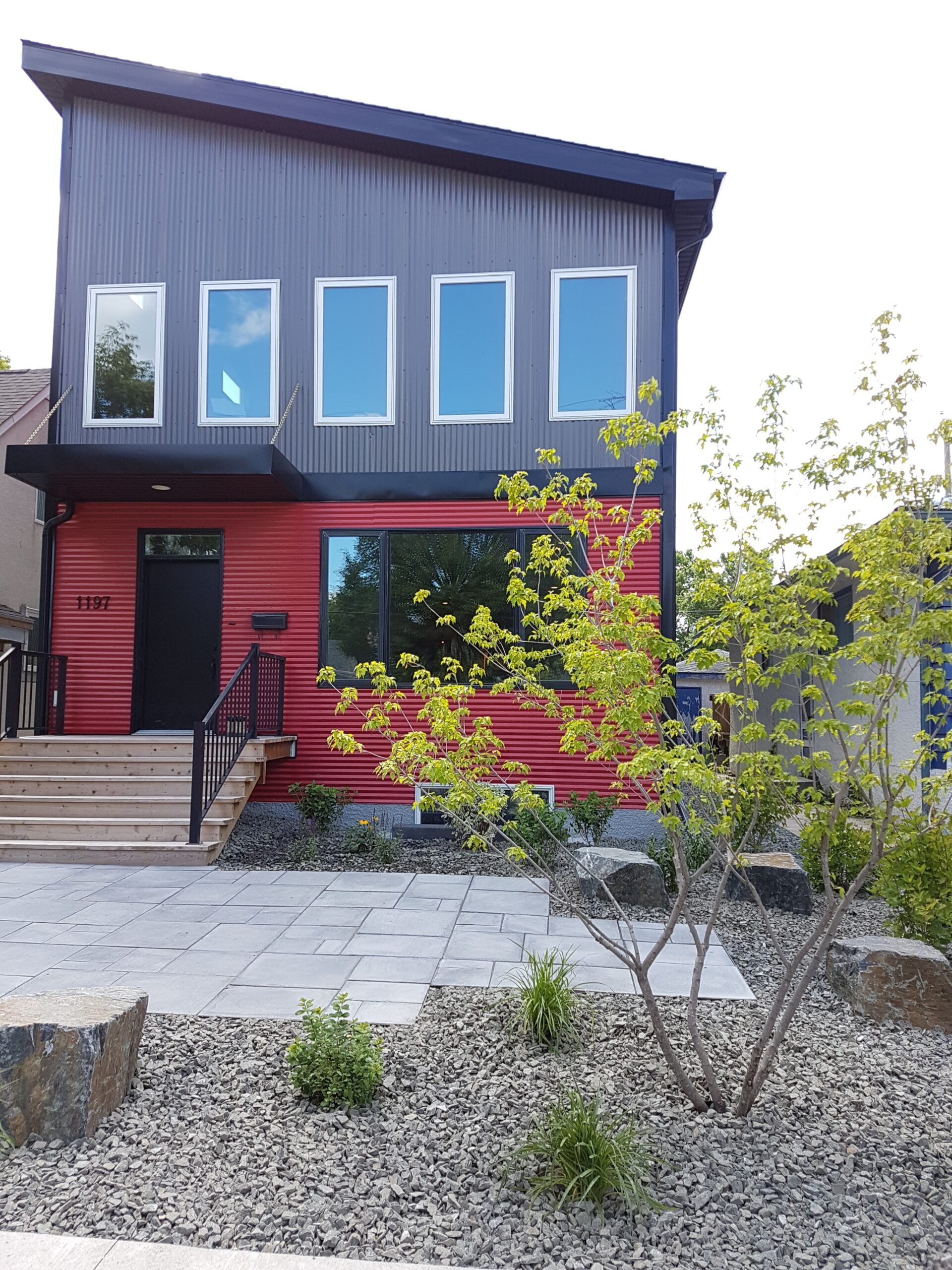
Choosing a LEED® Certified Home in Canada
Looking to lower your carbon footprint and live in a healthier, more sustainable home? It's the perfect time to explore how a LEED® certified home can benefit both you and the planet. LEED® (Leadership in Energy and Environmental Design) certification sets the gold standard for sustainable building practices, offering better energy efficiency, healthier indoor living, and reduced environmental impact. From better air quality to lower utility bills and access to green rebates, the benefits are vast. These homes are designed to consume less energy and water, use healthier materials, and deliver long-term savings.
Discover more about Leadership in Energy and Environmental Design (LEED®) homes and why they’re becoming an increasingly popular choice for eco-conscious Canadian buyers.
What Is LEED® Certification?
LEED® (Leadership in Energy and Environmental Design) is an internationally recognized third-party certification system for green buildings. In Canada, it’s administered by the Canada Green Building Council (CaGBC) and applies to both residential and commercial buildings. While initially designed for commercial construction, the LEED® for Homes Canada program was launched in 2009 to address the growing demand for sustainable living spaces.
LEED® certified homes are rigorously evaluated across multiple categories, including,
-
Energy efficiency
-
Water conservation
-
Sustainable site development
-
Indoor air quality
-
Use of environmentally responsible materials
Homes must meet a set of prerequisites and accumulate points in various categories to earn one of four certification levels, such as,
-
Certified
-
Silver
-
Gold
-
Platinum (the highest level)
LEED® homes offer enhanced energy efficiency, superior air quality, and meet standards for ventilation and radon protection.
Why Choose a LEED® Certified Home?
LEED® homes go beyond building code minimums. They represent a commitment to higher environmental and performance standards, and the benefits extend to both homeowners and the planet.
1. Significant Energy and Water Savings
LEED-certified homes typically use 30% to 70% less energy and 50% less water than conventional homes. These efficiencies are achieved through tight building envelopes, high-performance insulation, efficient HVAC systems, low-flow fixtures, and smart home technologies.
2. Healthier Indoor Living
A LEED® home isn’t just efficient, it’s healthier. Features include,
-
Low-VOC finishes and paints
-
Advanced filtration systems
-
Proper ventilation for radon and moisture control
This means improved indoor air quality and a reduced risk of respiratory issues, especially important for families with children or individuals with allergies.
3. Environmentally Smart Materials and Locations
LEED® certification evaluates,
-
The use of recycled or non-toxic materials in flooring, cabinetry, and paint
-
Whether the landscaping minimizes water and pesticide use
-
If the home is located in a walkable, transit-accessible community
These measures ensure that homes don’t just consume fewer resources, they also contribute positively to surrounding environments.
Are LEED® Homes More Expensive?
Not always. While LEED Platinum homes can cost 20%–40% more due to high-end features like solar panels and premium materials, basic LEED Certified homes might only cost about 5% more than a code-minimum home, especially when built by developers already using high-quality construction standards.
Many sustainability features can be tailored to your budget. For example, choosing native landscaping over turf may not increase costs and still earns certification points. LEED certification can be adapted to a wide range of budgets depending on your sustainability goals.
Can Existing Homes Be LEED® Certified?
Technically yes, but it’s a complex process. Retrofitting an existing home requires major renovations, often down to the studs to meet LEED® criteria. This typically involves upgrades to insulation, windows, roofing, HVAC, and more. It’s a long-term project best suited for homeowners committed to a full-scale transformation.
For most homeowners, it's more practical to buy a newly built LEED®-certified property rather than retrofit an older one for certification.
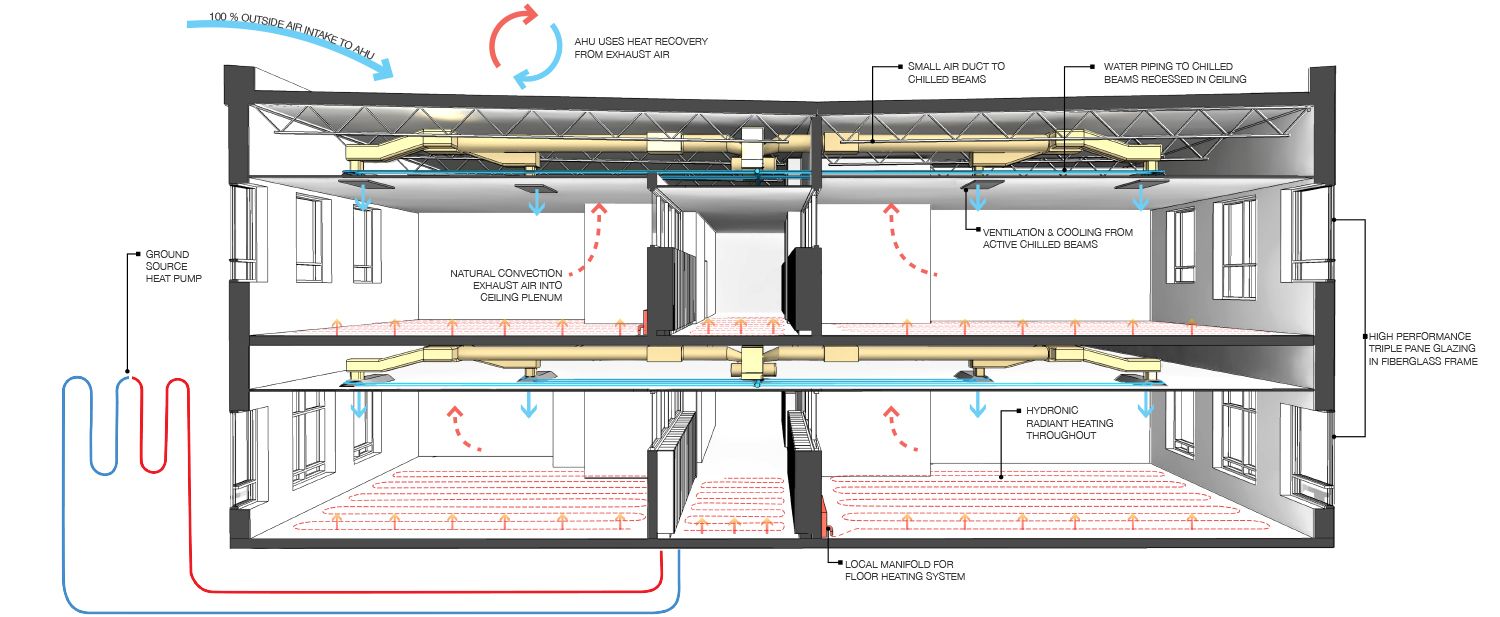
How to Get Started
To ensure a smooth experience, work with a LEED® accredited builder or consultant. Professionals with LEED® experience can help tailor your design, navigate requirements, and manage costs effectively to ensure your project stays on track and within budget while meeting the certification requirements that matter most to you
The Canada Green Building Council’s website (cagbc.org) offers a directory of qualified builders and advisors across Canada.
Choosing a LEED®-certified home is an investment in a sustainable future. It provides peace of mind through better health, lower utility bills, long-term savings, and a reduced impact on the environment. Whether you’re building new or buying certified, working with the right experts and leveraging available incentives can help you reach your goals and create a home that’s truly built to last.
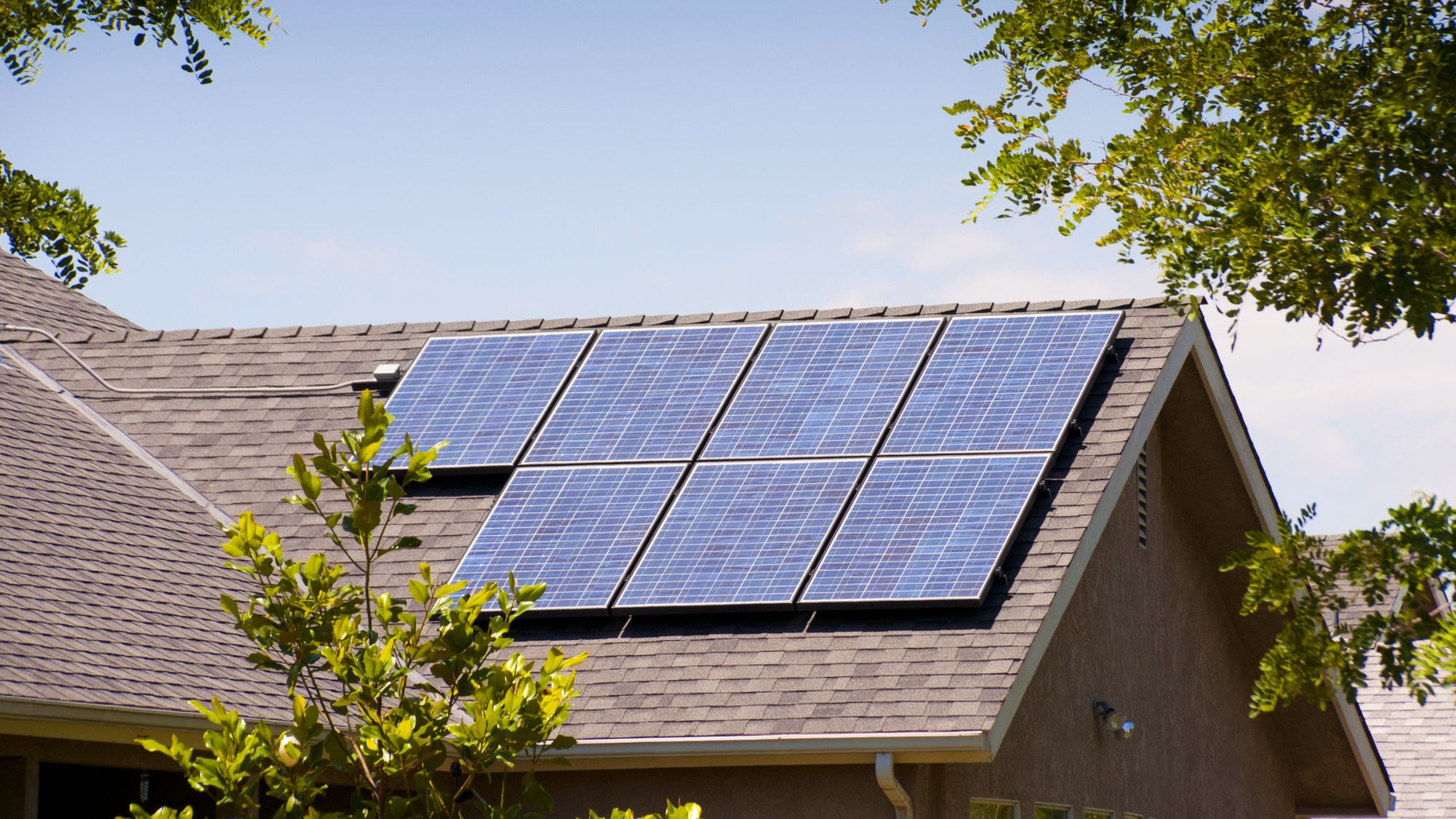
Are There Incentives for Green Homes?
Yes and they’re worth exploring.
Federal and Provincial Incentives
-
Canada Greener Homes Grant - Up to $5,000 for energy-efficient upgrades
-
Canada Greener Homes Loan - Interest-free loans of up to $40,000
-
Clean Energy Improvement Programs (Province of Manitoba) or (Efficiency Manitoba)- Helps cover solar panels, insulation, windows, and more
Some municipalities and financial institutions also offer,
-
Home insurance rebates - Canadian Mortage Housing Corporation (CMHC Eco Plus) offers a 25% partial premium refund for qualifying homes
-
Property tax incentives
-
Preferred mortgage rates
These can help offset the additional upfront costs associated with green building and make your LEED® investment more affordable.
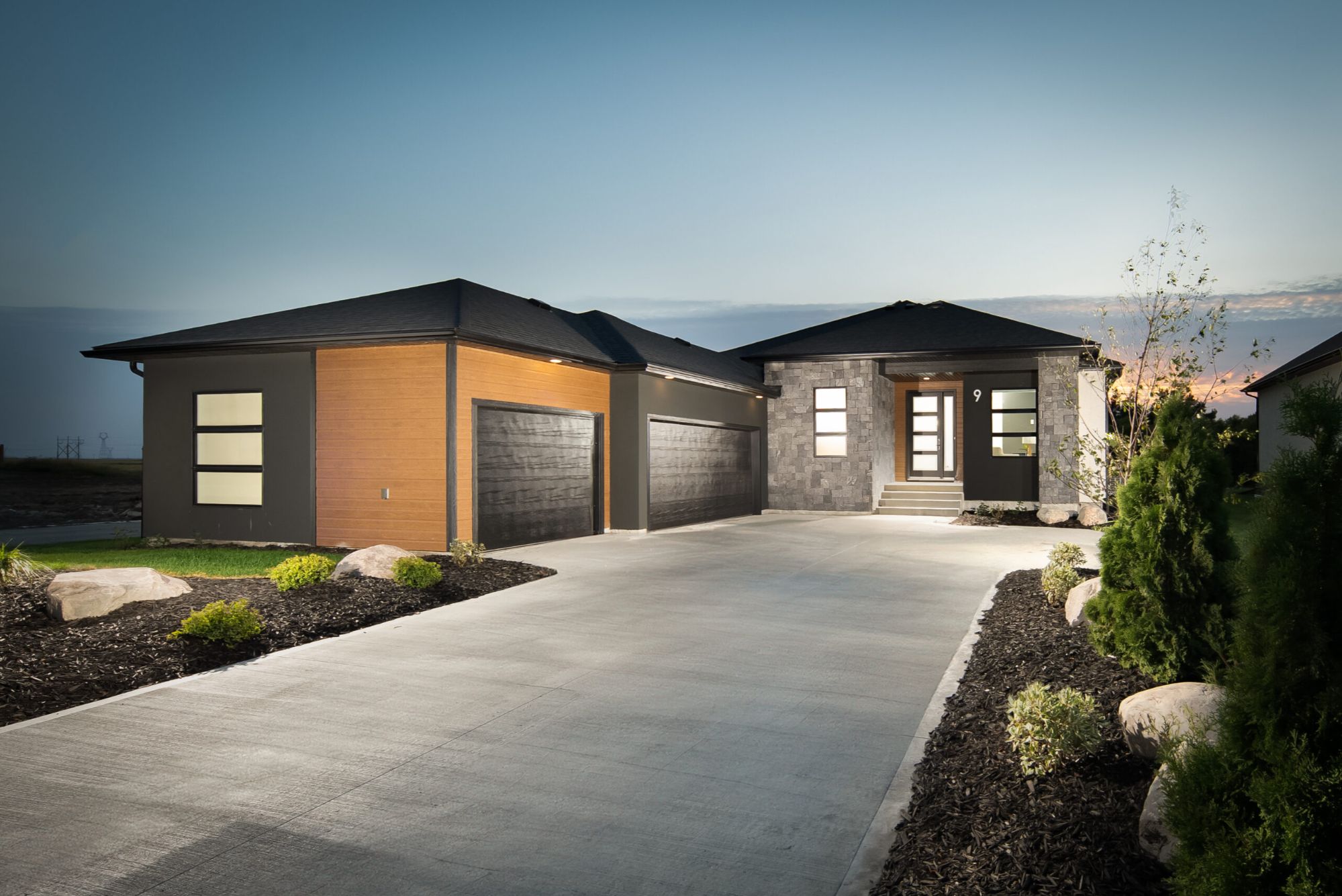
Choosing a Net-Zero Home in Manitoba
In Manitoba, a Net-Zero Home is a highly energy-efficient home that produces as much energy as it consumes on an annual basis, resulting in a net-zero energy bill over the course of the year. This is achieved through a combination of smart building techniques, advanced materials, and renewable energy sources like solar panels.
A Net-Zero Home is designed and constructed to,
-
Minimize energy demand through superior insulation, airtightness, and efficient mechanical systems.
-
Generate renewable energy (typically via solar photovoltaic panels) to meet its annual energy needs.
-
Maintain comfortable indoor temperatures year-round, even during Manitoba’s harsh winters.
Net-Zero Homes in Canada follow guidelines set out by organizations such as the Canadian Home Builders’ Association (CHBA), which offers a formal Net Zero Home Labelling Program.
Key Features of a Net Zero Home in Manitoba
-
Super-Insulated Building Envelope
-
Thick, high-performance insulation in walls, roofs, and floors.
- High R-value insulation materials
-
Triple-pane, low-emissivity (Low-E) windows
-
-
Airtight Construction
-
Minimizes heat loss and drafts
-
Reduces strain on heating and cooling systems
-
-
High-Efficiency HVAC Systems
-
Heat recovery ventilators (HRVs)
-
Energy-efficient heat pumps or hybrid heating systems.
- Geothermal heat pumps
-
-
Solar Panels (Photovoltaics)
-
Often roof-mounted to generate electricity.
- Solar thermal water heaters
-
Sized to match the home's annual energy consumption
-
-
Energy-Efficient Appliances and Lighting
-
ENERGY STAR® rated products
-
LED lighting throughout the home
-
Benefits of a Net-Zero Home
Ultra-Low Energy Bills
With the home generating its own electricity, your hydro bills can be drastically reduced or even eliminated over the year.
Comfort in Extreme Weather
Built to maintain steady indoor temperatures, Net-Zero homes are well-suited for Manitoba's cold climate, offering cozy winters and cool summers with minimal energy use.
Healthier Indoor Air Quality
High-grade ventilation systems ensure fresh, filtered air, reducing allergens, pollutants, and moisture-related problems.
Long-Term Investment
Although upfront costs may be higher, Net-Zero homes save money in the long run. They also have higher resale value and appeal to eco-conscious buyers.
Environmental Impact
By using renewable energy and consuming less power, these homes drastically reduce greenhouse gas emissions, benefiting the environment.
Government Incentives
Programs like the Canada Greener Homes Grant and loan programs may help offset costs for solar panels, insulation, and other green upgrades in Manitoba.
Is Net-Zero the Future of Homebuilding?
Yes. In 2022, the National Research Council of Canada introduced building code updates that target Net-Zero standards for all new construction by 2030. This means Net-Zero will eventually transition from optional to mandatory, so early purchasing is both strategic and future-proof.

REALTORS® Are Evolving With the Market
As environmental concern reshapes buyer priorities, the real estate industry is adapting in stride. According to Danielle Paquette, Director of Learning and Development at the Canadian Real Estate Association (CREA), extreme weather events and rising utility costs are pushing demand for homes that are both resilient and sustainable.
To meet this demand, CREA launched the Canadian Certified Green Representative (CCGR) certification—an Earth Day 2025 initiative equipping REALTORS® with tools and knowledge to advise clients on eco-conscious properties.
About the CCGR Certification
-
Launched in collaboration with real estate and sustainability experts
-
Canadian-specific program
-
Covers energy-efficient systems, home electrification, sustainability best practices, and climate resilience
-
Focuses on actionable insights such as selling points for heat pumps, insulation types, and more
“REALTORS® who earn the CCGR badge will become trusted advisors in an industry rapidly transitioning toward sustainability,” says Paquette.
Why Work With a Certified Green REALTOR®?
Hiring a REALTOR® with the CCGR designation gives buyers and sellers a serious advantage,
-
Access to up-to-date knowledge on green technologies and rebates
-
Insights into how upgrades can affect home value and resale
-
Help interpreting energy performance labels (e.g., EnerGuide, LEED, ENERGY STAR)
-
Recommendations based on client needs and climate goals
Graduates of the program also receive shareable resource guides and statistical insights they can pass along to clients, making each interaction more informative and impactful.
Ready to Find Your Green Home?
If you're looking to lower your carbon footprint, reduce energy costs, or invest in a healthier living space, a green home is a smart, future-focused choice. From first-time buyers to seasoned homeowners, making sustainable choices has never been more accessible or more rewarding whether you're purchasing a net-zero home, retrofitting an older property, or looking to make eco-friendly investments,
As a REALTOR® committed to helping clients find homes that match their values and lifestyle, I can help you make informed, confident decisions that are good for your wallet and the planet.
Tara Zacharias, REALTOR®
Helping you find the right home for you and the planet.
Categories
Recent Posts
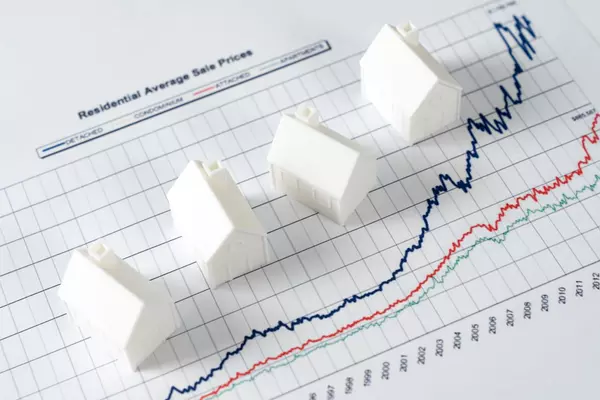
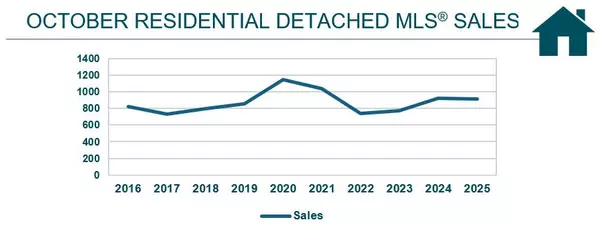
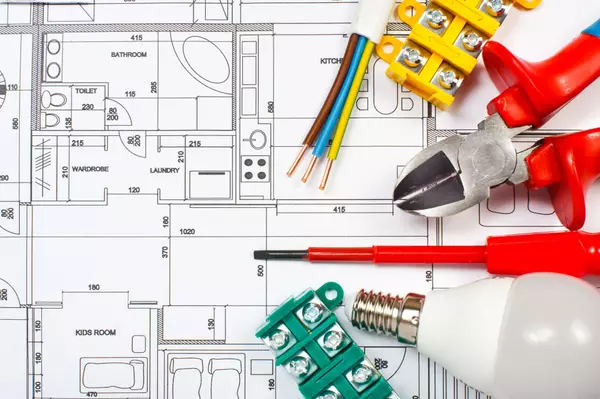

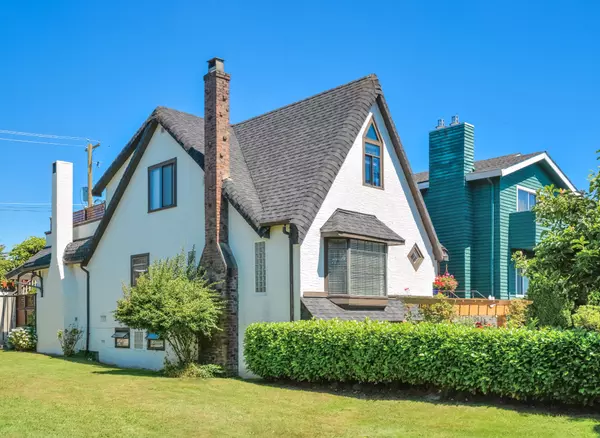
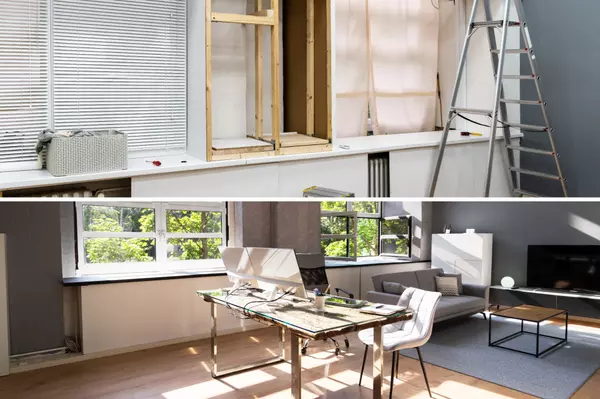
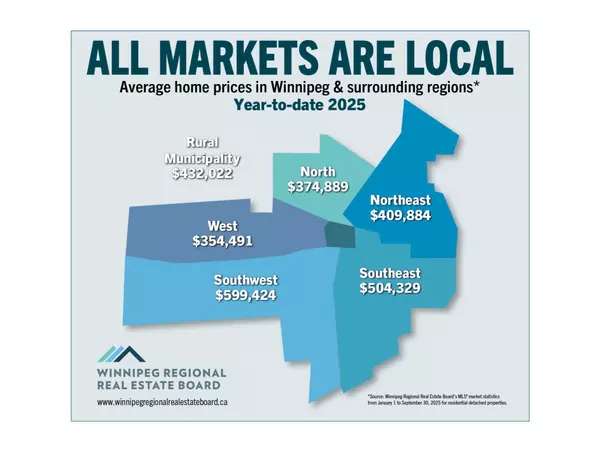
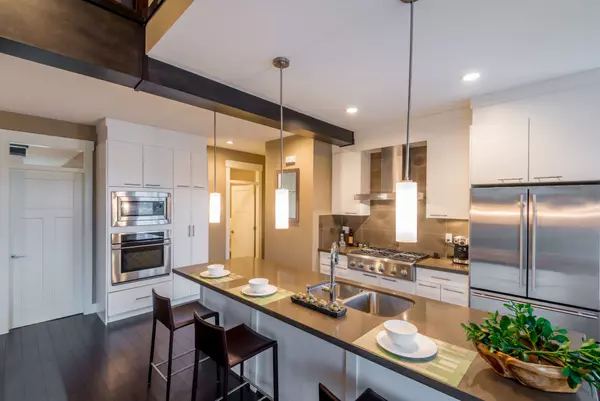
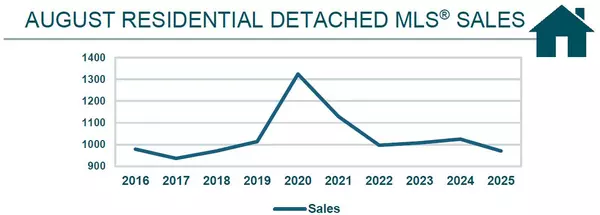

Leave a Reply
 REALTOR®
REALTOR®I became a REALTOR® because I truly enjoy helping people find the place that feels like home and because providing exceptional service during such an important moment in someone’s life is something I genuinely care about. Supporting sellers as they move on, move up, or move forward is just as meaningful, and being part of that transition is something I’m grateful to contribute to.
I make the buying or selling journey feel organized and approachable with clear communication and practical guidance. With an approach supported by market data, trends, and neighbourhood insights, you'll always understand what’s happening and how to make the most informed decisions.
Whether you’re buying your first home, selling a place filled with memories, or planning your next step, I’m here as someone who listens, shows up, and puts your goals at the centre of every decision. I'm focused on what serves you best.
I'm Tara Zacharias, a real estate salesperson located in the vibrant city of Winnipeg. Thanks for stopping by and taking the time to get to know me!+1(204) 293-0933 tara@tarazacharias.com330 St Mary Ave, Winnipeg, MB, R3C 3Z5, CAN
https://tarazacharias.com/

